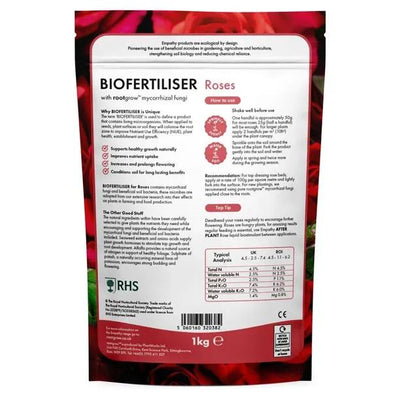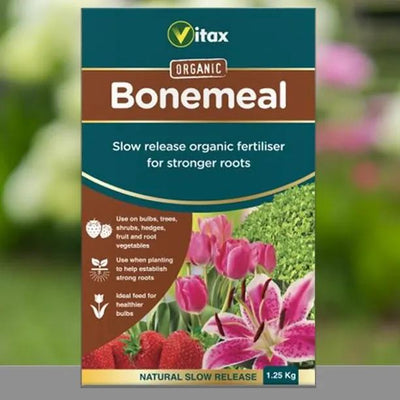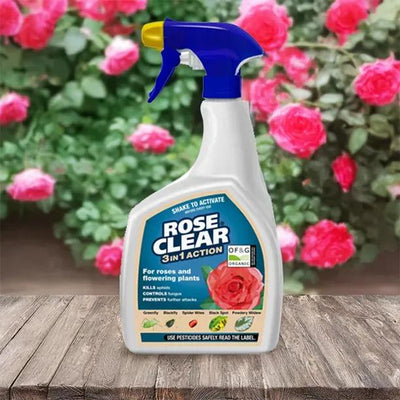Redova Patio- Climbing Rose Bushes
'Redova Patio-' rich yellow flowers, with delicious touches of orange and pink around the edges as they mature, keep on coming continuously from June to October. To 1.75m.
Browse our Climbing Roses or all of our Rose Bushes.
Features
-
Colour: Yellow, maturing to orange & pink
-
Flower Shape: Double
-
Fragrance: No
-
Flower Period: Repeats in flushes June-October
-
Leaves: Deep-green, glossy.
-
Height x Spread: 1.75m x 1m
Growing Redova Roses
Good, well drained soil, a reasonable amount of sun, and something to grow it up is all you need. Roses thrive on clay as long as it's not too waterlogged in winter.
History & Trivia
Bred in 2012 by Poulsen Roser. It holds five international awards. The Redowa is a Czech folk waltz that was popular across Europe in the mid-1800's.
Registration code POUlcy030.

 Secure, One-Tap Checkout
Secure, One-Tap Checkout
 Hand Picked, Delivered to Your Door!
Hand Picked, Delivered to Your Door! 1 Year Bareroot Guarantee
1 Year Bareroot Guarantee
















